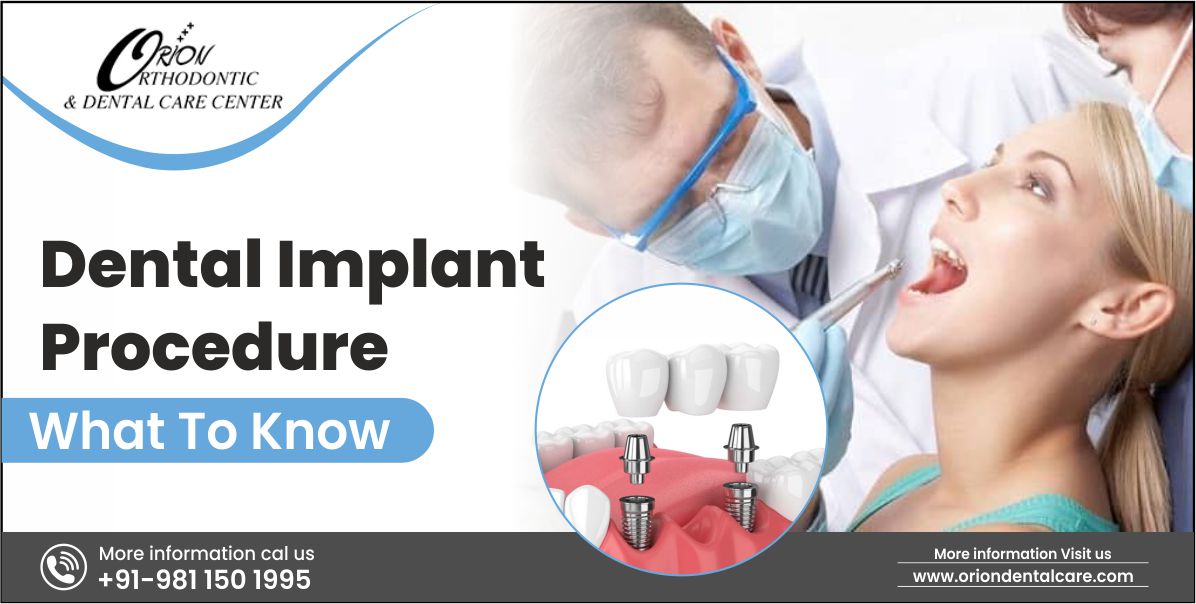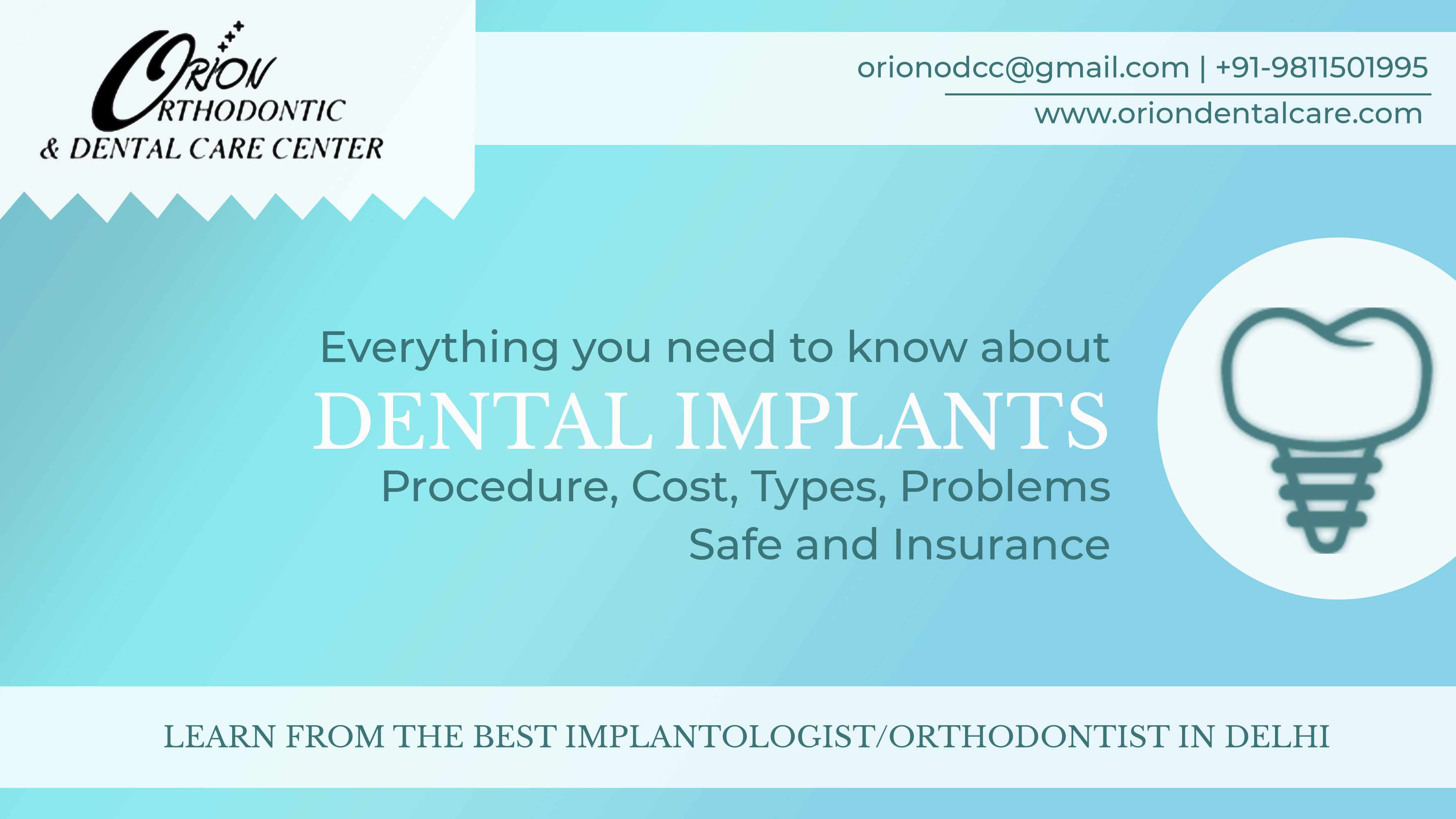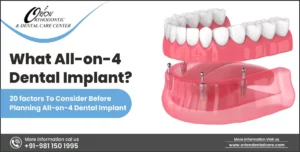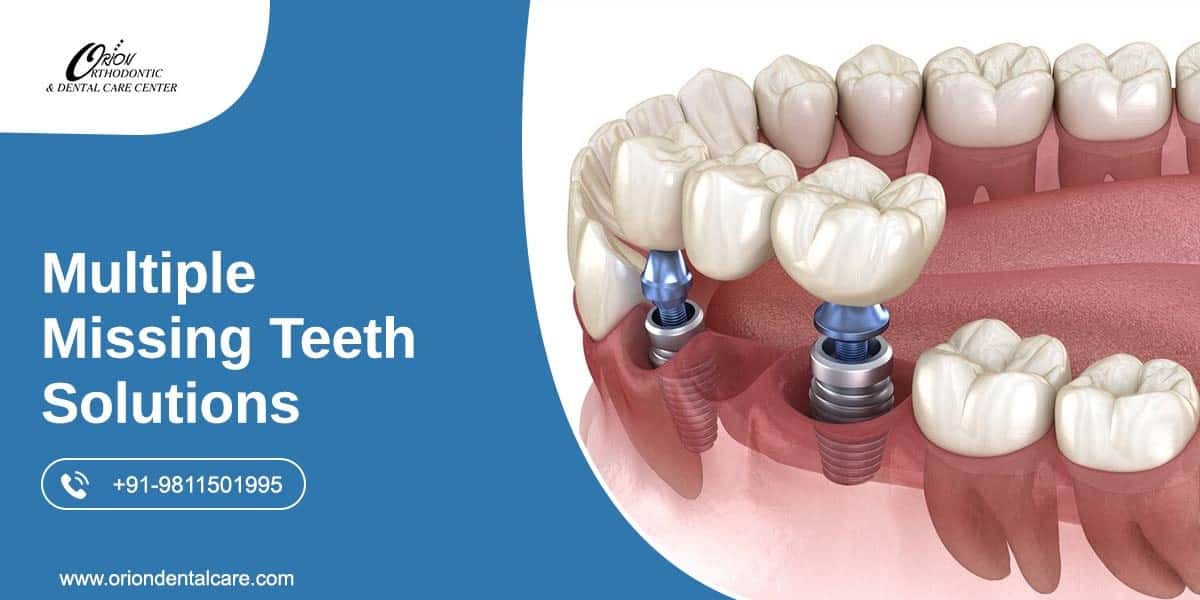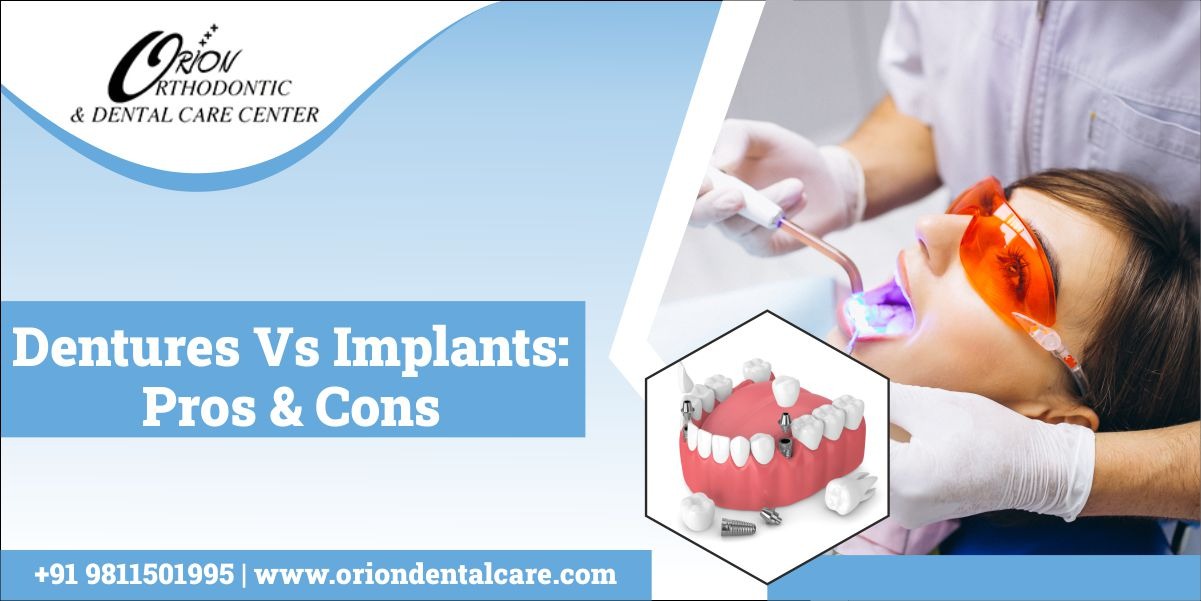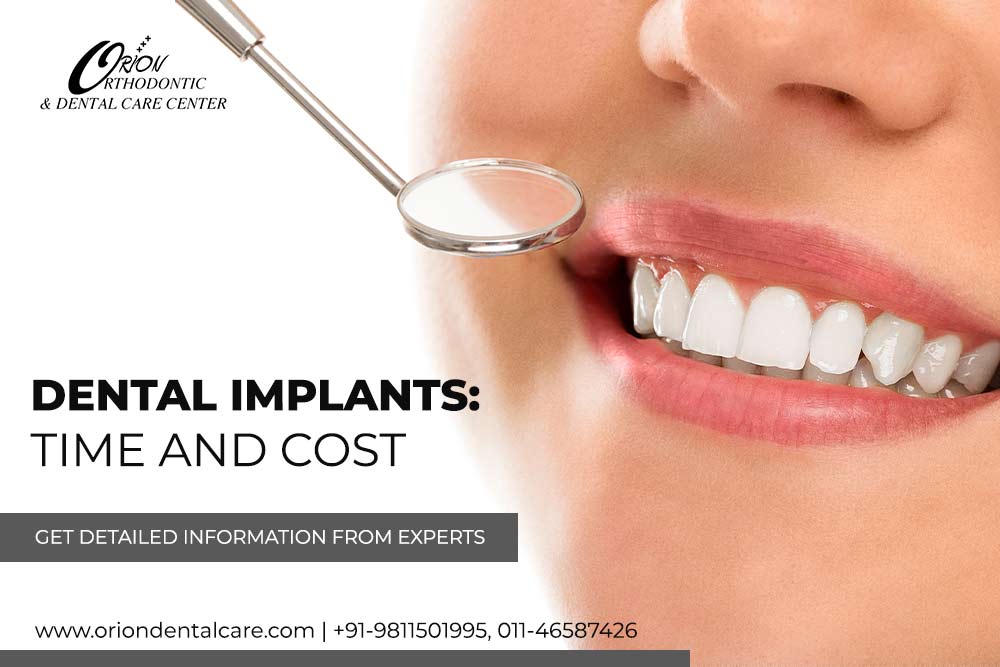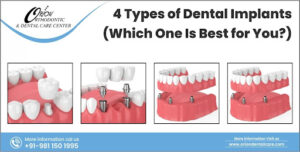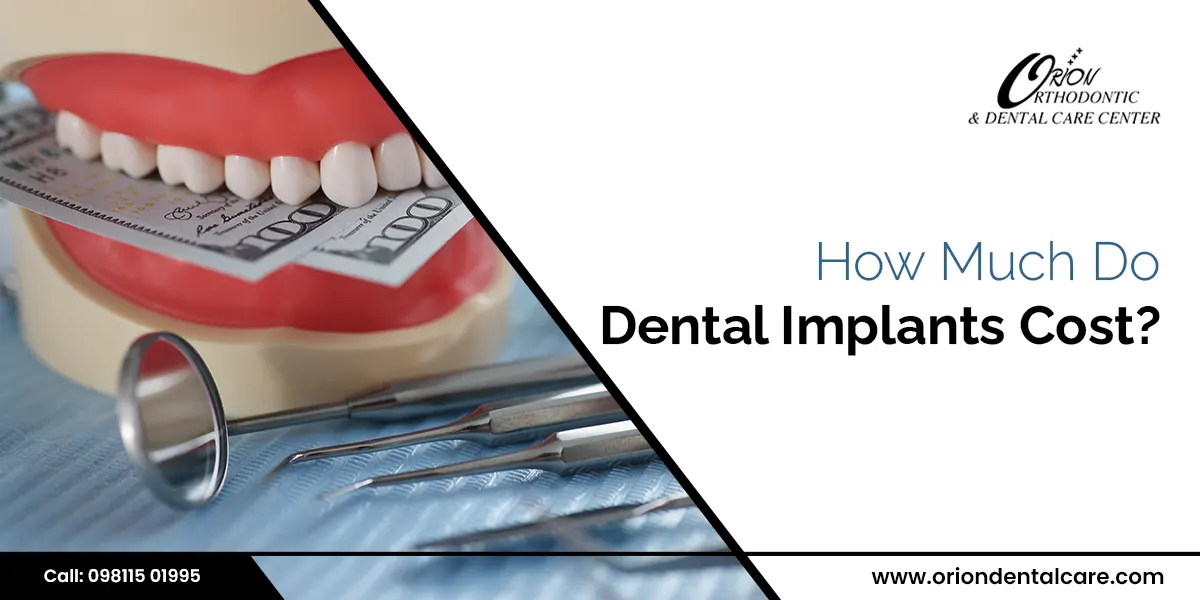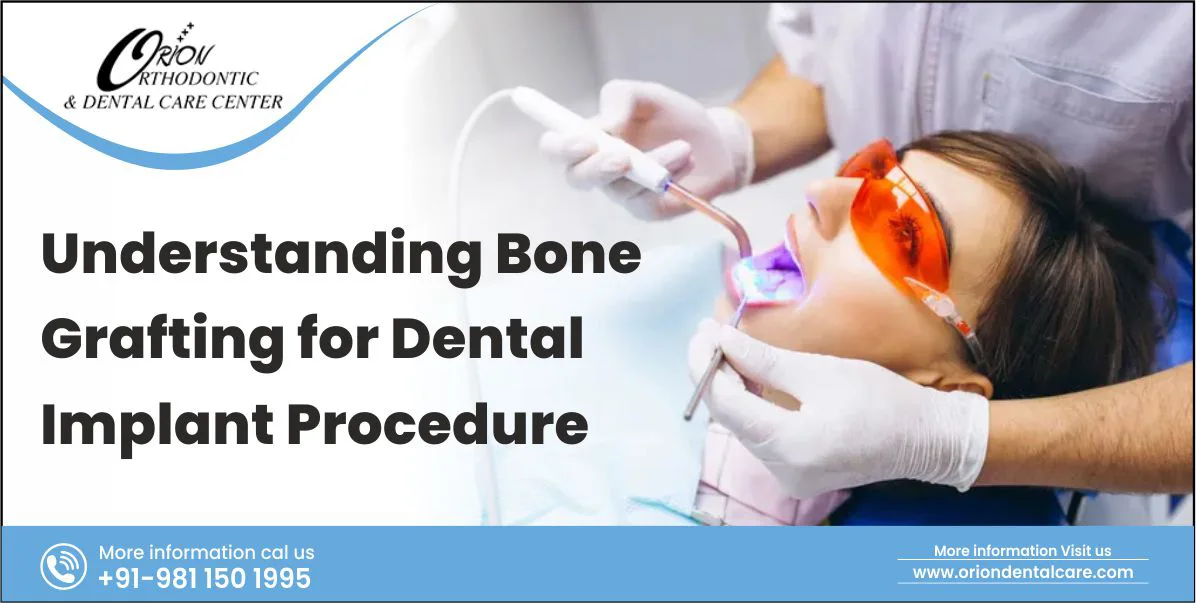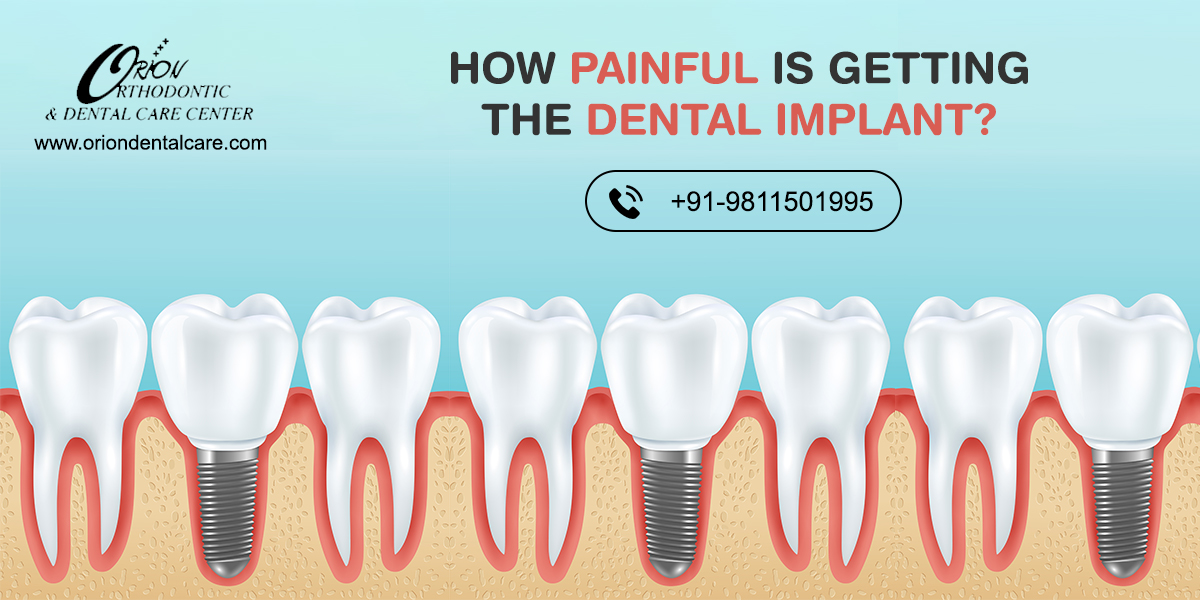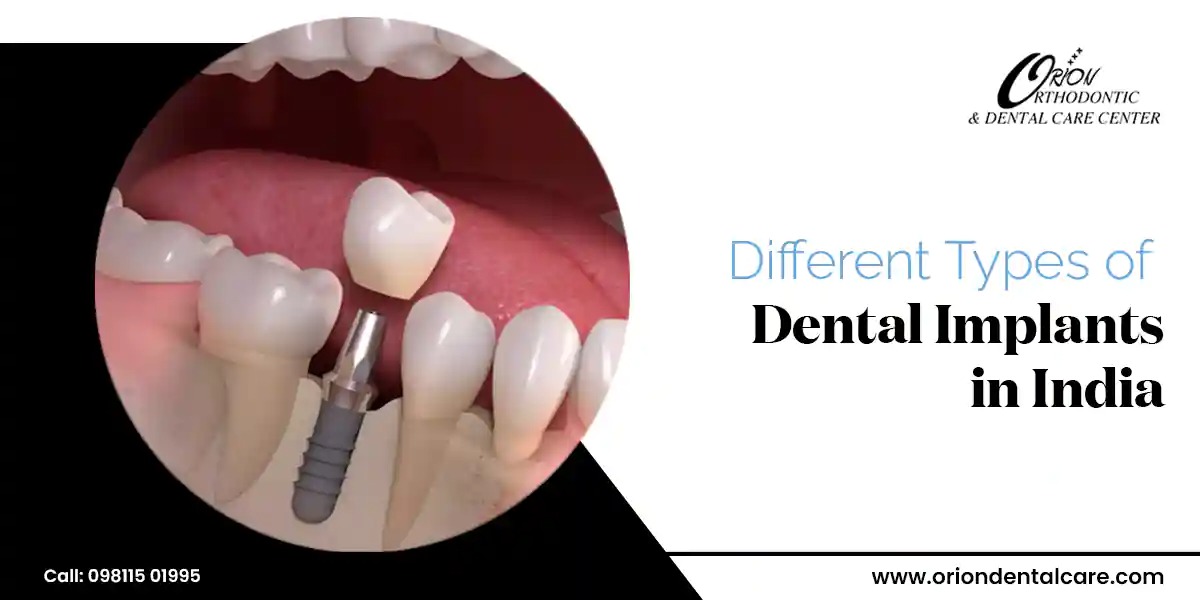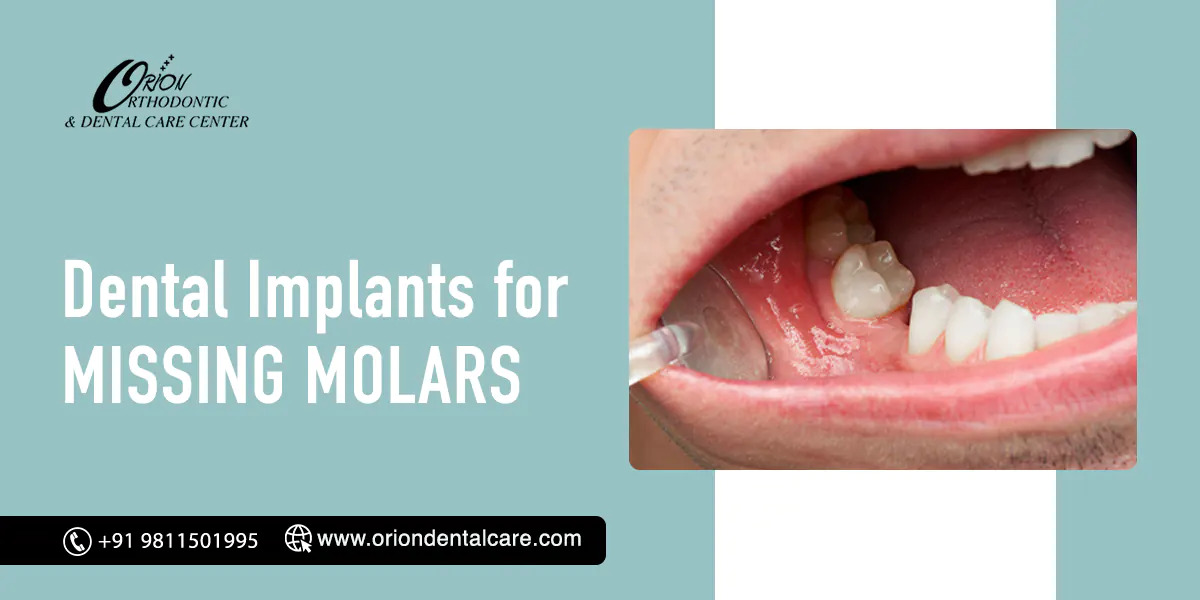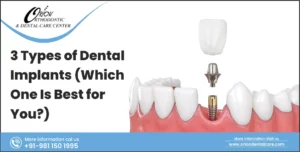Dental implants are artificial teeth that help to place crowns into the mouth. They are the replacement of tooth roots and are usually drilled into the jawbone.
Total tooth implant procedure time- It takes several months to complete. They last for many decades and also look natural.
TOOTH IMPLANT PROCEDURE
Missing teeth can alter the facial shape, make you self-conscious about smiling, and disturb teeth alignment.
The dentist will recommend replacing missing teeth with artificial teeth attached to the dental implant in or on the jawbone.
Dental implants are surgically placed artificial tooth roots into the jawbone. Over a few months, the surrounding bone grows and securely holds the implants. Then the replacement of teeth or crown is attached with a metal connector to the implant.
Types of dental implants
There are two types of dental implants:
Endosteal (in the bone)
It is the most common kind of dental implant.
Usually, endosteal implants resemble small screws and are made from body-friendly materials, like titanium.
They are inserted surgically deep into the jawbone to the place of tooth roots. One implant act as an anchor for one or several teeth.
Subperiosteal (on the bone)
When there is less availability of enough healthy jawbone to support an endosteal implant, then subperiosteal implants are used.
Subperiosteal implants are not drilled into the jawbone. They are inserted under the gum. They are only placed on or above the bone.
Surgery timeline and recovery

The dental implant tooth procedure requires multiple steps for approx 3 to 9 months. The dental tooth implant procedure requires more than one dental specialist, including an oral surgeon and a periodontist. They can all help complete the treatment before and during the tooth extraction procedure and implant placement.
Evaluation
Evaluation is the first step to checking teeth, gums, and jawbones properly. The main part of this initial assessment is to determine whether you have enough or less amount of healthy jawbone to hold the implant.
If the jawbone is not sufficient to maintain the implant, a bone graft or other procedure before the dental implant procedure starts.
Gums should be healthy or free of periodontal issues.
Dental implant surgery is done under local anesthesia or general anesthesia.
The doctor will tell which type of anesthesia, a patient needs.
Placing the implant
For endosteal implant:
- An oral surgeon will make an incision on the gum and expose the jawbone.
- Make a deep hole into the jawbone by drilling and inserting the implant post.
- For aesthetically, temporary or removable dentures can be placed over the hole until the permanent denture can be attached.
For subperiosteal implant:
No drilling into the jawbone is required. The post will be placed above or on the jawbone for this implant.
After placing any dental implant, the patient may feel some swelling and discomfort afterward. It may last for a few days. Most patients can resume their daily activities the day after a dental implant procedure has been completed.
Osseointegration
Combining with the bone is known as Osseointegration. After placing the dental implant, this process will take around 2 to 6 months before enough healthy new bone growth occurs around the dental implant. After that, the dental implant acts as an artificial tooth’s root.
Abutment placement
An extender made of metal is called an abutment. After placement of the implant, it is typically added. This may be done under local anesthesia during the second minor procedure or the initial procedure. Abutments connect the artificial crown to the implant.
Mostly during the second procedure, an abutment is added. Before adding an abutment, the healing cap will be removed. If there is gum or soft tissue growth (because the healing cap is placed) over the implant, the doctor needs to make an incision to remove it. The function of the healing cap is to prevent tissue growth over the implant and protect the implant.
The doctor will contour the gum tissue around the abutment when the abutment is placed on the dental implant.
After the abutment placement, the gum will be healed within several days.
Placing The Tooth
Once healing is achieved, the dentist will take an impression of the area where teeth are to be replaced. The permanent replacement of tooth or teeth can be made to fit properly either in the form of a removable or fixed prosthesis.
- For removable tooth or teeth – The prosthesis is first mounted on the metal frame and then attached to the abutment. It should be removed daily at home for routine cleaning.
- For a fixed tooth – The prosthesis will be permanently screwed or fixed to the abutment.
Once the entire process is completed, you are given some post-operative instructions to follow. If you continue to feel any sort of discomfort post observing for a week feel, talk to the dentist as soon as possible.
Pointers To Watch out For:
- Severe pain
- Swelling
- Long term discomfort
- Uncomfortable bite
- Bleeding
Any of the above instances can be corrected and adjusted with minimal intervention when reported timely to the dentist. The new artificial tooth or teeth should look and feel natural. They are to be maintained similarly to your natural counterpart and not to be neglected to sustain for a lifetime. Twice brushing, flossing after every meal and regular check-ups is the key to increased longevity of dental implants.
Cost
The cost of the dental implant can vary depending upon the number of teeth to be replaced and the type of implant or extent of each procedure. It also depends on the location of the dentist’s clinic.
Implants stay in the mouth for decades. For this reason, the cost of dental implants is much higher than the other procedures for replacing missing teeth or teeth like bridges or dentures.
In India, each implant will cost around Rs. 20000 to Rs. 55000. This cost also depends upon the dental implant company. This cost does not include the crown or abutment cost; it’s only for the implant. If we add the cost of crown or abutment, it will go higher.
Some dental clinics offer payment plans to make them less costly.
When to talk with a dentist
Due to injury or infection, chances to get damaged or missing teeth in the mouth. Missing teeth can affect facial shape after some time, bite because of shifting the natural teeth into the gap.
Talk with the oral surgeon or dentist regarding the options for the replacement of teeth.

